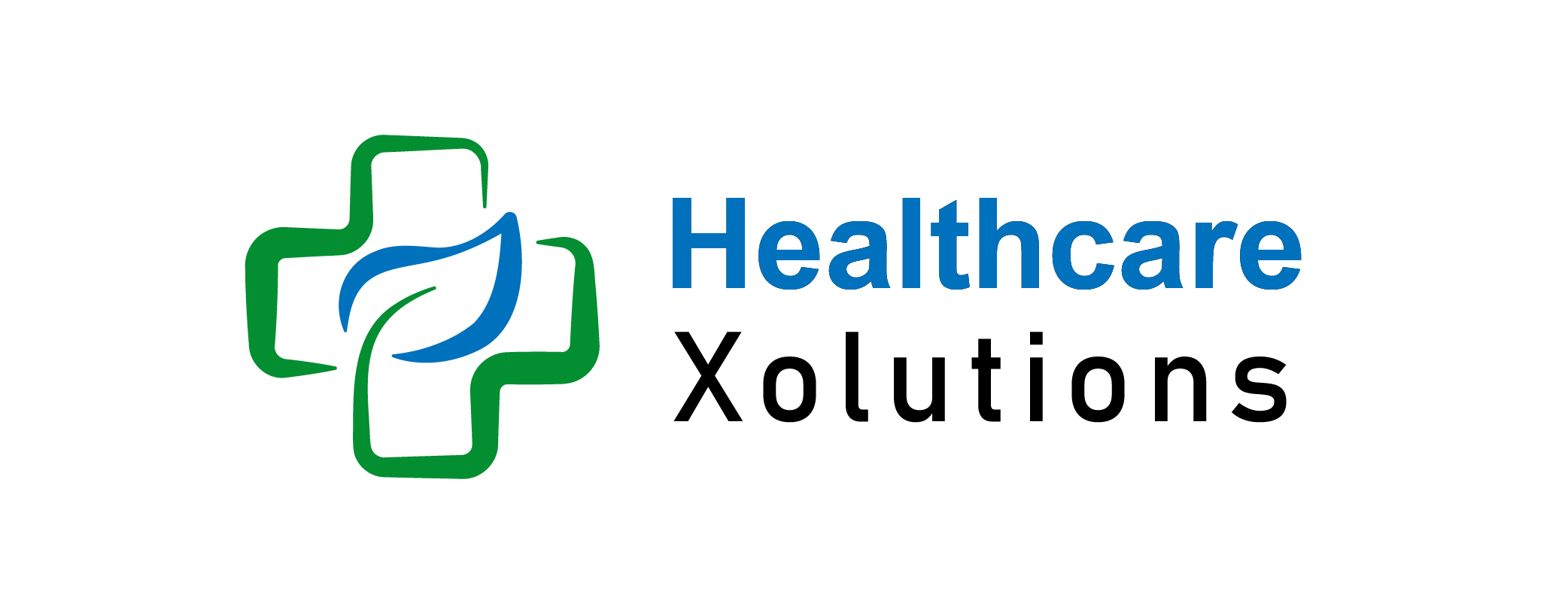Where Does ACA Funding Come From? A Complete Guide

The Affordable Care Act (ACA), commonly known as “Obamacare,” was enacted in 2010 to expand healthcare access to millions of Americans. As of 2024, the ACA has facilitated health coverage for over 45 million individuals, significantly reducing the uninsured rate to approximately 7.7%. Understanding the funding mechanisms behind the ACA is essential to appreciate its structure and sustainability.
In this article, we will break down where does ACA funding come from and how these financial sources work together to maintain the program.
Read More: Top 5 Benefits Of ACA Insurance You Must Know In 2024
Key Takeaways:
- Medicare Surtaxes: High-income earners contribute through additional Medicare taxes and investment income taxes.
- Employer Mandate: Large employers must provide affordable insurance or pay penalties, generating funds for the ACA.
- Medicaid Expansion: Federal funding supports expanded Medicaid coverage, covering 90% of the costs for participating states.
- Insurance Subsidies: The ACA provides premium tax credits and cost-sharing reductions to make marketplace insurance affordable.
- Repealed Funding Sources: Several taxes, including the individual mandate and medical device tax, were repealed but initially helped fund the ACA.
Table of Contents
Where Does ACA Funding Come From? Sources Revealed 2024
1. Individual Mandate (Now Repealed):
Initially, the ACA’s primary funding source was the individual mandate, which required most Americans to maintain health insurance or pay a tax penalty. This provision aimed to ensure a balanced risk pool by encouraging both healthy and sick individuals to participate in the insurance marketplace. The penalties collected from those who did not comply helped offset the cost of healthcare for others. However, the individual mandate penalty was effectively repealed in 2019, meaning it no longer generates revenue for the ACA. Despite its repeal, other funding mechanisms remain in place.
2. Employer Mandate:
The employer mandate requires businesses with 50 or more full-time employees to offer affordable health insurance or face penalties. This rule ensures that larger employers contribute to the healthcare system and helps reduce the number of uninsured individuals. The penalties imposed on non-compliant employers serve as a significant source of funding for the ACA, covering part of the costs associated with insurance subsidies and Medicaid expansion.
3. Medicare Surtaxes:
The ACA introduced two Medicare surtaxes aimed at high-income earners:
- Medicare Payroll Tax Increase: The Medicare payroll tax increased by 0.9% for individuals earning more than $200,000 annually ($250,000 for married couples). This additional tax applies to wages above those thresholds.
- Net Investment Income Tax (NIIT): A 3.8% tax on investment income, including capital gains, dividends, and interest, was introduced for individuals earning above the same thresholds.
These surtaxes generate significant revenue, particularly from wealthier individuals, and fund a portion of the ACA’s initiatives, including insurance subsidies and Medicaid expansion.
4. Health Insurance Provider Fee:
The ACA imposed a tax on health insurance providers, requiring them to pay an annual fee based on their market share. This fee was intended to generate revenue to offset the costs of expanding healthcare coverage. Although the fee was temporarily suspended in 2019 and permanently repealed in 2020, it contributed billions of dollars to the ACA’s funding during its active years.
5. Excise Tax on High-Cost Employer Plans (“Cadillac Tax”):
The “Cadillac tax” was designed to tax high-cost employer-sponsored health insurance plans to prevent excessive healthcare spending. Initially scheduled to take effect in 2022, the Cadillac tax was expected to generate substantial revenue by discouraging overly generous health plans and creating incentives for employers to offer more cost-effective coverage. However, the tax faced significant opposition from both political parties and was ultimately repealed before taking effect.
6. Medical Device Tax (Repealed):
Another controversial funding mechanism was the 2.3% excise tax on medical devices, which included products such as pacemakers, artificial joints, and imaging equipment. This tax was meant to leverage the medical device industry’s financial gains from the increased number of insured individuals under the ACA. Like the Cadillac tax, the medical device tax faced strong opposition and was ultimately repealed in 2019.
7. Medicaid Expansion and Federal Funding:
The ACA expanded Medicaid eligibility, allowing more low-income individuals to qualify for healthcare coverage. Initially, the federal government covered 100% of the costs of Medicaid expansion for states that opted into the program. Over time, this contribution gradually decreased to 90%, with states responsible for covering the remaining 10%. Despite the gradual reduction, federal funding remains a critical component of the Medicaid expansion and continues to support the expanded coverage for low-income Americans.
8. Subsidies for Marketplace Insurance Plans:
To make health insurance affordable, the ACA provides subsidies to eligible individuals who purchase plans through the health insurance marketplace. These subsidies come in two forms:
- Premium Tax Credits: These credits help reduce the monthly premiums for individuals with household incomes between 100% and 400% of the federal poverty level (FPL).
- Cost-Sharing Reductions (CSRs): CSRs reduce out-of-pocket costs such as deductibles, copayments, and coinsurance for individuals with incomes between 100% and 250% of the FPL.
The federal government funds these subsidies, and they represent a significant portion of the ACA’s expenditures, ensuring that more Americans can access affordable health insurance.
9. Miscellaneous Fees and Taxes:
In addition to the major funding sources, the ACA introduced several smaller fees and taxes to generate revenue. These include:
- Fees on pharmaceutical companies based on their market share.
- An increase in the threshold for deducting medical expenses from federal income taxes.
- An excise tax on indoor tanning services.
These minor taxes and fees, though not as substantial as the Medicare surtaxes or employer penalties, still contribute to the overall funding of ACA insurance.
The Future of ACA Funding:
Although the ACA has faced several political challenges and changes over the years, its core funding mechanisms remain largely intact. The repeal of the individual mandate penalty and several other taxes (like the Cadillac tax and medical device tax) has altered the revenue landscape, but the employer mandate, Medicare surtaxes, and federal funding for Medicaid expansion continue to sustain the ACA. However, ongoing debates about healthcare reform mean that the funding structure could evolve further in the coming years.
Conclusion – Where Does ACA Funding Come From?
The ACA funding model is multifaceted, relying on taxes, fees, and penalties to support expanded healthcare access. While some of its funding mechanisms, such as the individual mandate, have been repealed, others, like Medicare surtaxes and Medicaid expansion, remain critical to the program’s financial health. As the political landscape continues to shift, understanding how ACA insurance is funded is essential for navigating its future.
